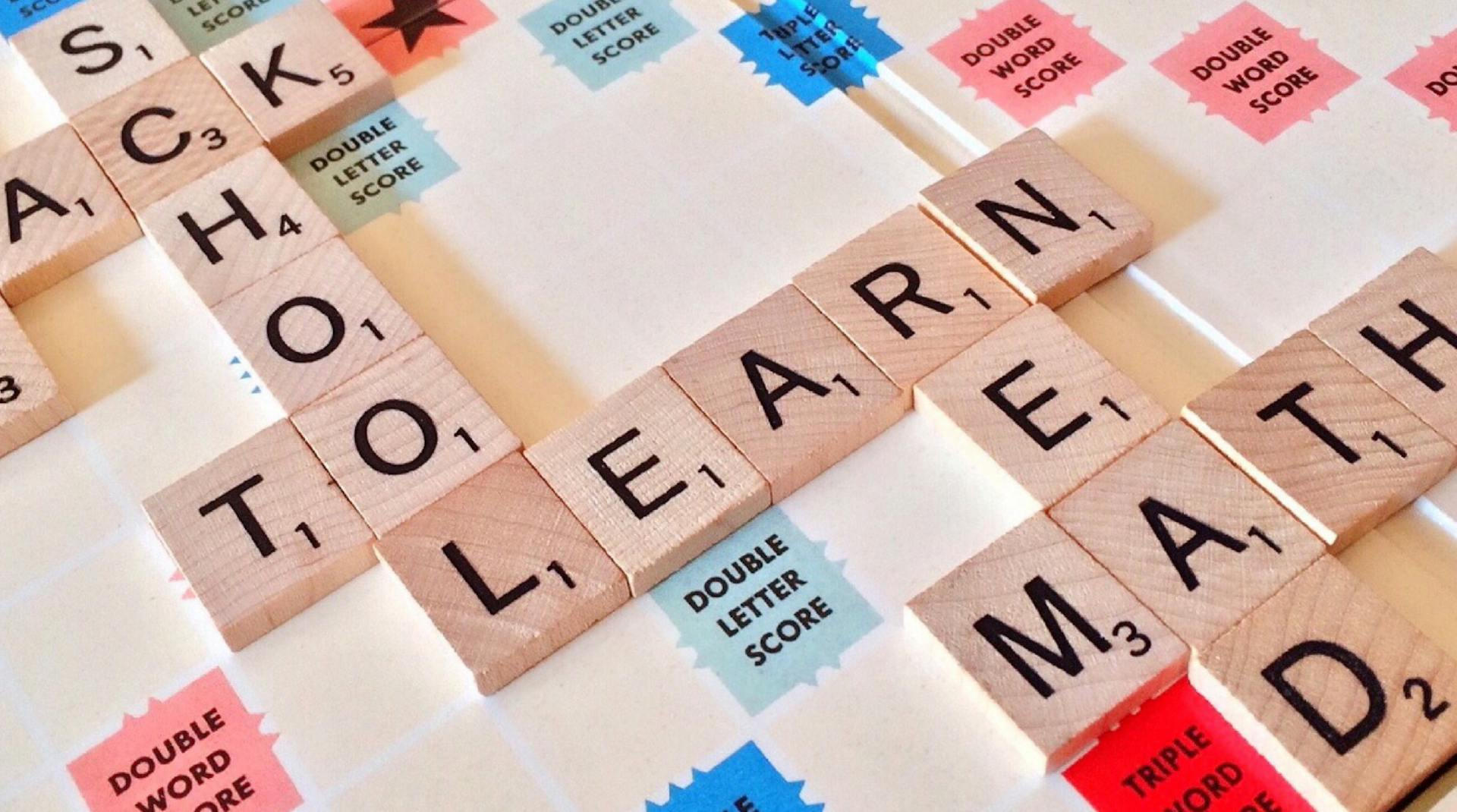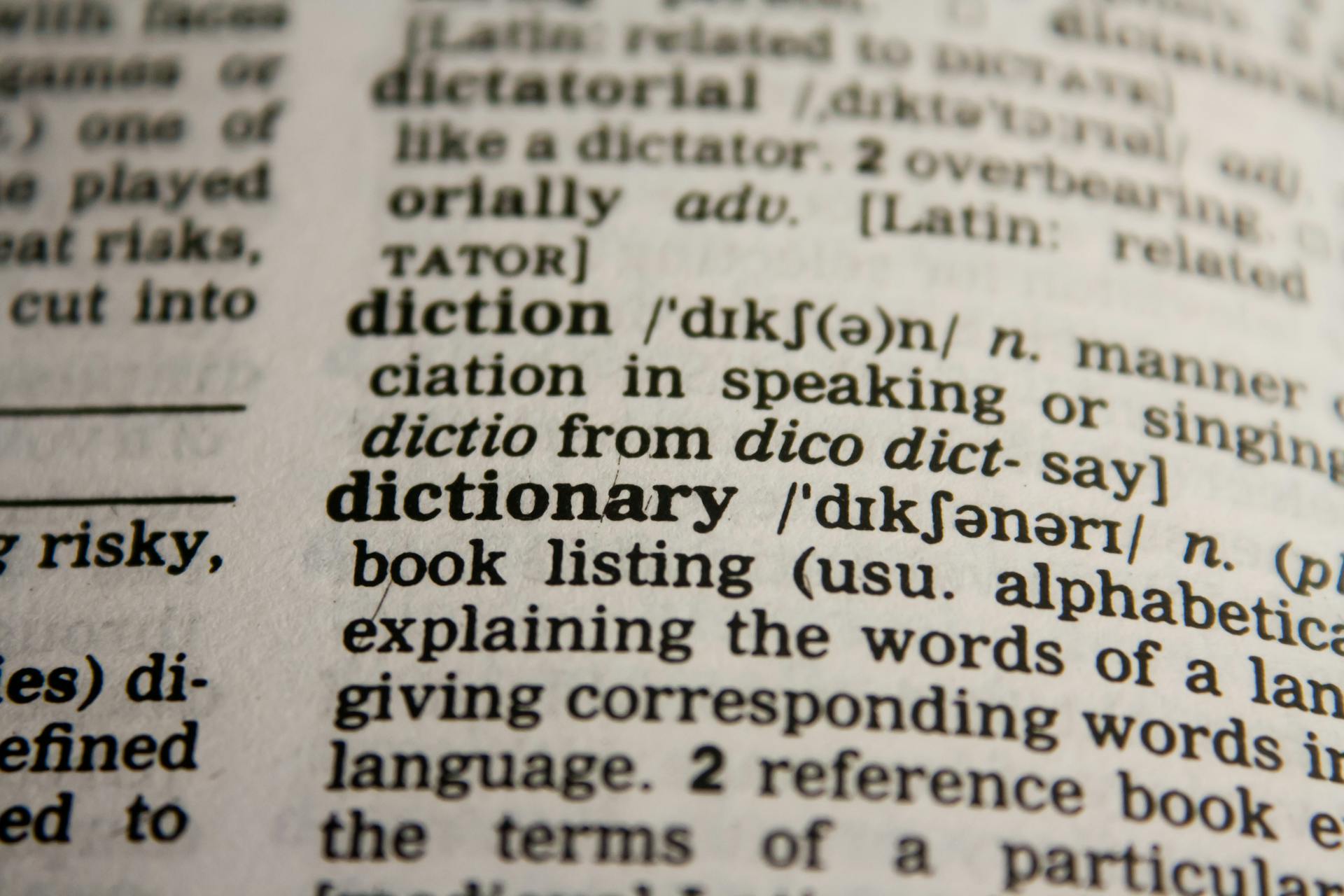
If you're an ESL learner, you know how challenging mastering grammatical rules can be. Learning common English idioms and American slang may seem like a piece of cake in comparison to getting the structures correctly. However, it's essential to overcome common English grammar mistakes if your goal is to start speaking naturally and fluently.
In this blog post, we'll discuss the top 11 ESL English grammar mistakes you'll want to avoid. Whether you're preparing for an exam or just trying to improve your language skills, it's vital to understand these errors and how to overcome them. We've included practical tips and tricks along the way, so make sure to have a portable PDF or copy download ready!
Don't let grammatical errors hold you back from communicating effectively. Let's dive into the most frequent ESL grammar mistakes together!
Since vs. For
One of the most common mistakes that ESL learners make when using English grammar is confusing "since" and "for." These two words are used to express the duration of an action, but they are not interchangeable. "Since" refers to a specific point in time or event that started the action, while "for" refers to the duration of time during which the action occurred.
For example, if you're talking about how long you've been learning English, you might say, "I've been studying English since Monday, January 1st." This means that you started studying English on that exact moment. On the other hand, if you want to talk about how much time you have spent studying English, you might say, "I've been studying English for 10 years." This means that you have been studying for a particular length of time. Remember to use "since" with perfect tenses and specific time expressions (like Monday January 1st), and use "for" with lengths of time (like 30 minutes, 6 months or 10 years).
Choosing Between Fewer and Less: Clearing Up the Confusion
Choosing between fewer and less can be confusing for both English-language learners and native-English speakers. The key difference between the two is whether you're dealing with countable or uncountable nouns. Countable nouns are things that can be counted, such as books, cars, and people. For example, you would use "fewer" when talking about 2 books, 10 cars, or 100 people.
On the other hand, uncountable nouns are things that cannot be counted individually such as love, water, and electricity. You would use "less" to describe an uncountable noun that does not have a plural form. For example, you would say "less water" or "less electricity". However, if you're referring to a specific quantity of an uncountable noun such as 5 cups of water, then you would use "fewer" because "cups" is a countable noun.
It's important to keep in mind that there are some exceptions to these rules. For instance, when referring to money or time we use "less" instead of "fewer". Additionally, when talking about physical space like a parking lot we use "fewer cars" instead of "less cars". Understanding the difference between countable and uncountable nouns is crucial when deciding whether to use fewer or less.
Here's an interesting read: Talking about Food in English
The Fascinating Debate: A versus The
One of the difficult concepts in learning English grammar is the use of indefinite articles. When you're talking or writing about a general noun, you should use "a" or "an." For example, "I need a pen" or "She wants an apple." However, if you're talking about a specific object or thing, you should use "the." For instance, "The pen on my desk is blue" or "The apple she wants is from the fridge."
It's common for ESL learners to make mistakes when it comes to using indefinite articles. Most languages don't have this feature, so it can be hard to grasp at first. But don't worry! With practice and patience, you'll be able to master this aspect of English grammar.
Let's watch a movie I'm suggesting as an example. If I say "I want to watch a movie," we're not referring to any specific movie. But if I say "I want to watch the movie I saw last night," then we're referring to a specific movie. You can further improve your understanding of this concept by reading more examples in our portable PDF copy download of common English grammar mistakes.
1. Enter your e-mail address to get your free PDF!
Are you tired of making English grammar mistakes? If so, we have a solution for you! Simply enter your e-mail address to receive a free PDF on ESL English grammar mistakes. Don't worry, we hate spam just as much as you do and we promise to keep your email address safe.
Our free PDF will provide you with essential tips and tricks for avoiding common grammar mistakes in English. From understanding the differences between its and it's, to using the correct verb tense, our guide has got you covered. So why wait? Enter your e-mail address now and start improving your English grammar skills today!
Learn the Right Word to Use: Bring or Take
One of the most common mistakes made in ESL English grammar is the misuse of the words "bring" and "take". These two verbs can be quite confusing, as they both suggest movement. However, there is an important difference between them that ESL students need to understand.
When we say "bring", it suggests movement towards the speaker making it a verb of conveying something to where you are. In contrast, when we say "take", it suggests movement away from the speaker making it a verb of carrying something away from where you are. For example, if you are going to a party and want your friend to bring some food with them, you would use "bring" because you want them to convey the food to where you will be (the party).
So, when deciding whether to use "bring" or "take", consider the direction of movement. If the object is coming towards you, use "bring". If it's going away from you, use "take". And don't forget – your hand also suggests movement!
A fresh viewpoint: English Verb Tenses
Watch a Video That Shows You How to Avoid Grammatical Errors

Are you an ESL learner struggling with English grammar mistakes? Don't worry, you're not alone. With 170 common grammar mistakes, it's easy to get tripped up on the rules. Luckily, there are resources available to help you improve your language skills. Check out this video tutorial that provides tips on how to avoid grammatical errors and improve your American English pronunciation. With a little practice and guidance, you'll be speaking like a native in no time!
Exploring Possibilities: Could, Should or Would
As English-language learners, it's common to struggle with mastering the correct usage of "could", "should" and "would". These 3 similar-sounding verbs are known as modal verbs, which describe possibilities and unreal situations. Knowing how to use them correctly is essential when communicating with native speakers.
One of the easiest ways to use these modal verbs is to describe past ability. For example, "I could play soccer when I was younger". Another way to use them is to make polite offers or requests. For example, "Could you please pass me the salt?" or "Would you like some more coffee?" These uses are especially helpful when traveling overseas and trying to communicate politely in another language.
However, it's important not to confuse these modal verbs with their fast counterparts – can, should and will. Can refers to present ability while should refers to advice or obligation, and will refers to future possibility. So if you want to say that you're waking up early tomorrow, you would say "I will wake up early tomorrow" instead of "I would wake up early tomorrow". By understanding the subtle differences between these similar-sounding verbs, English-language learners can improve their communication skills and feel more confident when speaking with others.
Curious to learn more? Check out: Conversational Level in a Language
A Battle Within: Confronting My Inner Self
Studying today is a challenge for English-language learners, as common mistakes make it difficult to communicate effectively. Even native-English speakers make grammatical errors, such as confusing object pronouns and reflexive pronouns. However, these mistakes can be corrected through practice and awareness.
Native English-speakers make the same mistake as English-language learners when using object and reflexive pronouns. For example, "She gave the book to my friend and I" should be "She gave the book to my friend and me". Understanding the difference between object pronouns (me, him, her, us, them) and reflexive pronouns (myself, himself, herself, ourselves, themselves) is essential in avoiding this common mistake.
Confronting our inner selves about these mistakes can be tough. It may seem embarrassing to admit we don't know something so basic. But by acknowledging our errors and working on correcting them, we become better communicators. So let's take a deep breath and start practicing those tricky pronouns! And who knows? Maybe with enough practice we'll feel confident enough to teach an entire house full of people!
If this caught your attention, see: English Language Subject Verb Agreement
Differentiating Between Make and Do: A Comprehensive Guide

English learners often get confused between the usage of make and do. To make dinner or to do dinner? Did you make a strawberry cake yesterday or do a strawberry cake yesterday? These are some common questions that arise when using these two verbs. The reason for this confusion is that there are no ambiguous clear distinct rules to differentiate between the two verbs.
The aforementioned mentioned problem can be resolved by understanding the context in which the verbs are used. Make is used when something is being created, produced, or prepared. For example, "I am going to make dinner tonight." On the other hand, do is used for general activities or tasks such as doing homework, doing laundry, or doing dishes.
However, there are exceptions to the rule where both verbs can be interchangeable such as "I made/do my bed this morning." This sentence implies that either verb can be used depending on personal preference. To sum up, understanding the context and common phrases will help English learners differentiate between make and do effectively.
See what others are reading: English Modal Verbs
Avoid Common Grammar Mistakes with These Helpful Images

Learning a new language can be challenging, especially when it comes to grammar. ESL learners often make common mistakes in English grammar that can affect their communication skills. However, these mistakes can be avoided by using helpful images to guide them. By studying simple visual aids like pin diagrams, learners can have a better understanding of the rules of grammar and improve their writing and speaking skills. So, pin pin pin away and watch your grammar skills soar!
1. 28 thoughts on “Grammatical Errors: 170+ Common Grammar Mistakes in English”
After reading through the 28 thoughts on "Grammatical Errors: 170+ Common Grammar Mistakes in English," I was surprised to see how many mistakes I make myself. It's important to remember that even native speakers can struggle with grammar, so it's nothing to be ashamed of if you're still learning ESL English.
One comment that stood out to me was from Princess January 20, 2022 at 11:53 pm, who reminded us that just because someone may not be able to hear well doesn't mean they can't write correctly. It's important to keep in mind that everyone has different strengths and weaknesses when it comes to language proficiency.
Frequently Asked Questions
Why are pronoun errors common in modern English?
Pronoun errors are common in modern English due to the complexity of gender and the increasing use of non-binary pronouns. Additionally, many people may not have had adequate education on proper pronoun usage.
What are common grammar mistakes?
Common grammar mistakes include incorrect use of apostrophes, subject-verb agreement errors, and confusion between homophones (words that sound the same but have different meanings). By avoiding these mistakes, your writing will be clearer and more effective.
What are some examples of bad grammar?
Examples of bad grammar include using incorrect subject-verb agreement (such as "I is" instead of "I am"), misusing apostrophes (such as "it's" for "its"), and using run-on sentences with multiple clauses. These errors can make writing difficult to understand and detract from the overall quality of the text.
What are the grammatical errors in the English of students?
Some common grammatical errors made by students in English include incorrect verb tense usage, subject-verb agreement errors, and misused punctuation. These mistakes can be addressed with practice and attention to detail in writing and speaking.
How can I learn English from my mistakes?
To learn from your English mistakes, analyze what went wrong and why, practice the correct way to say or write it, and seek feedback from a native English speaker or tutor to improve your skills.
Featured Images: pexels.com


